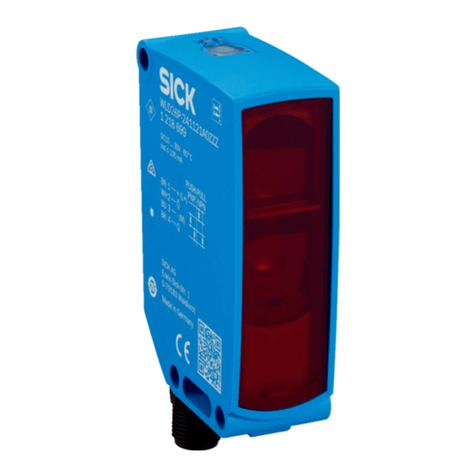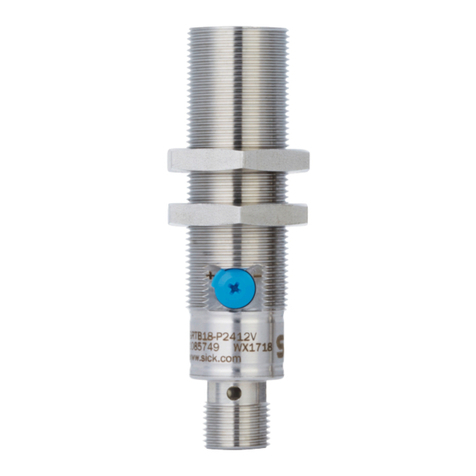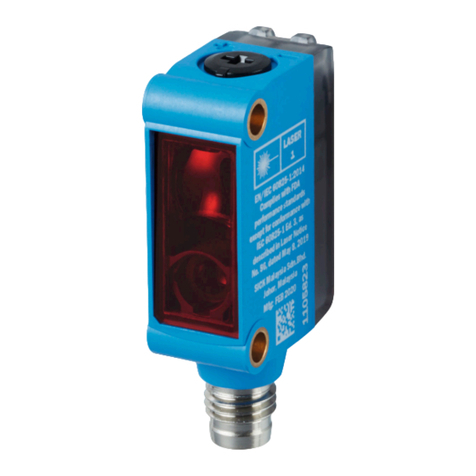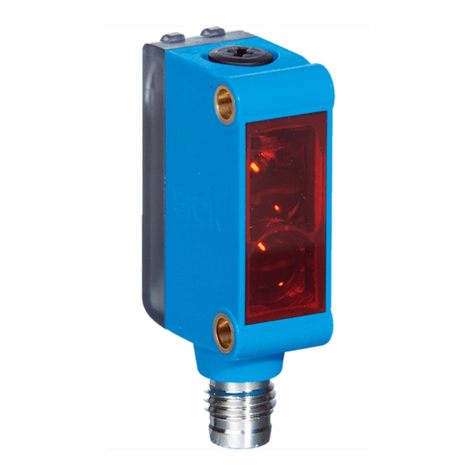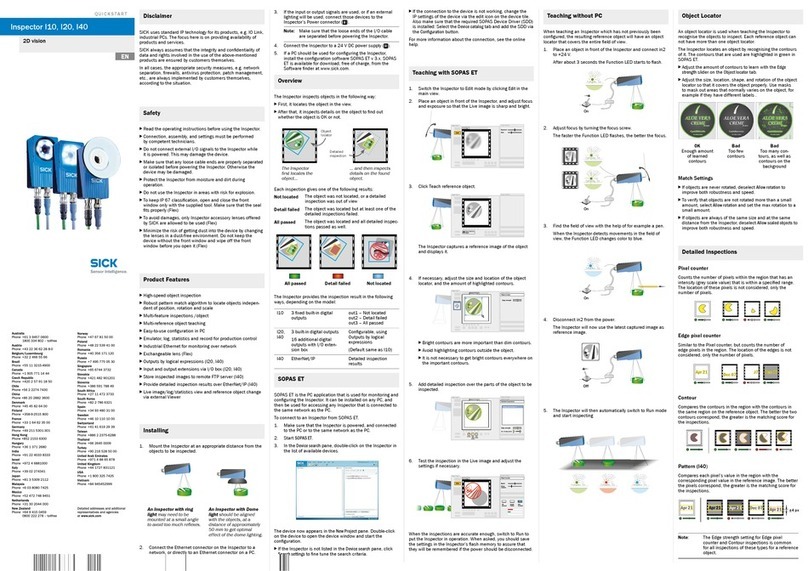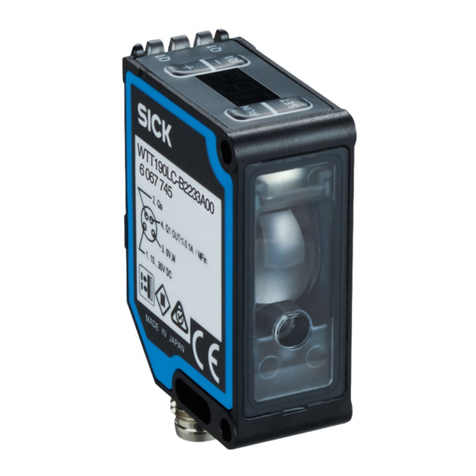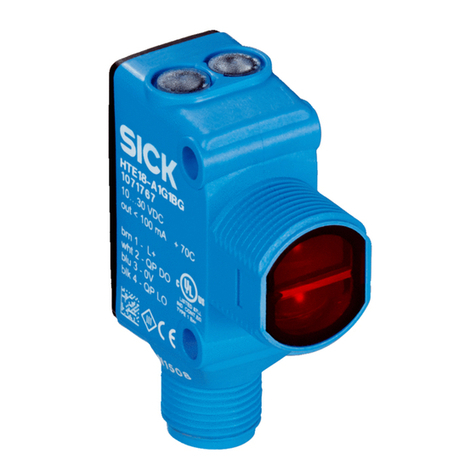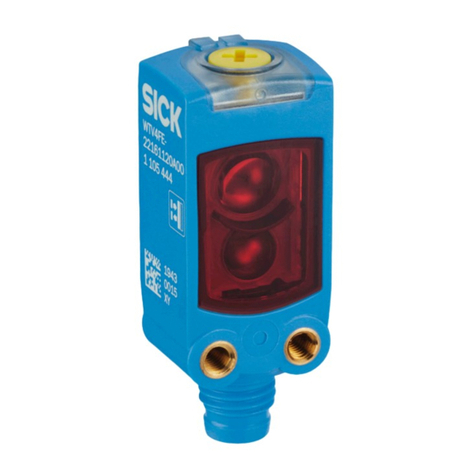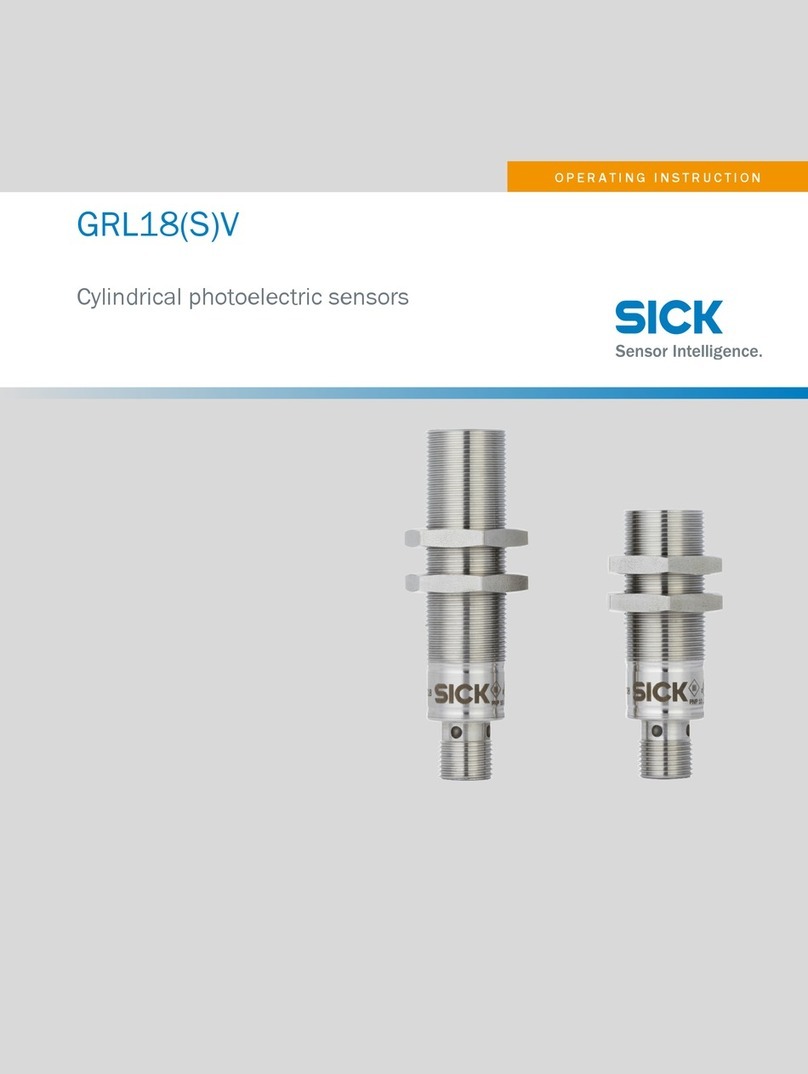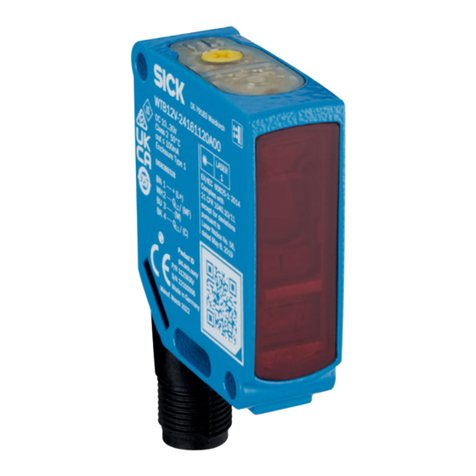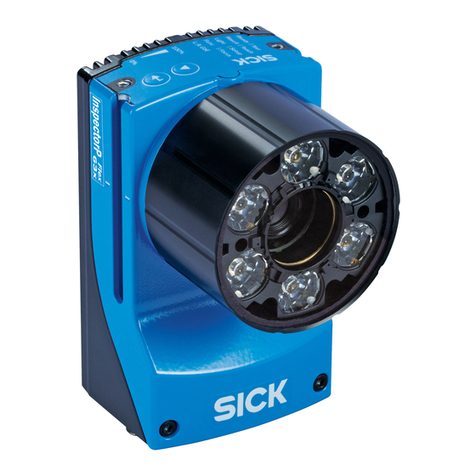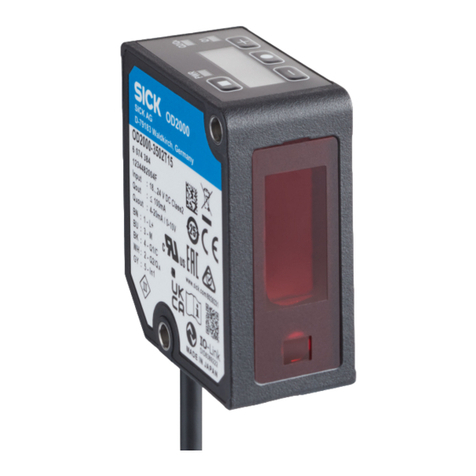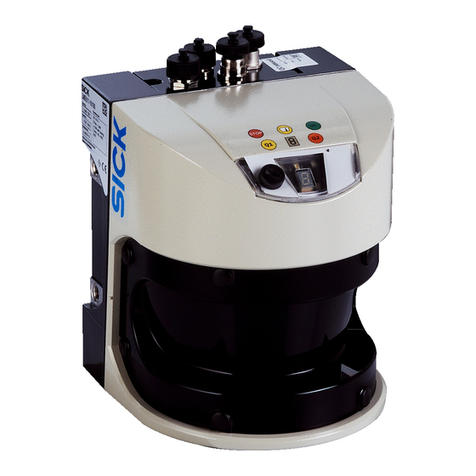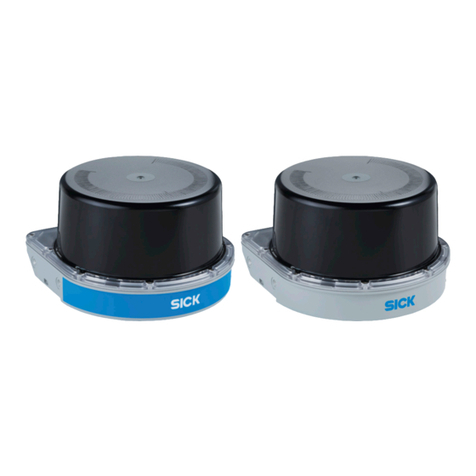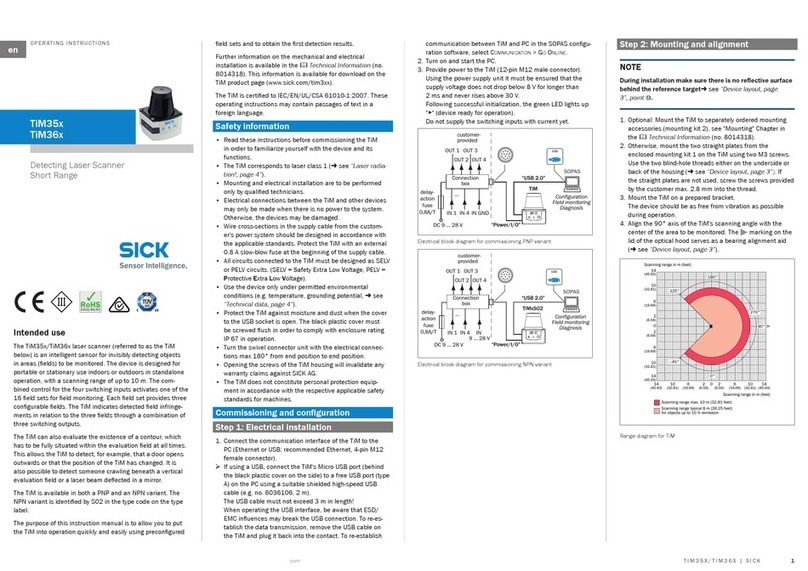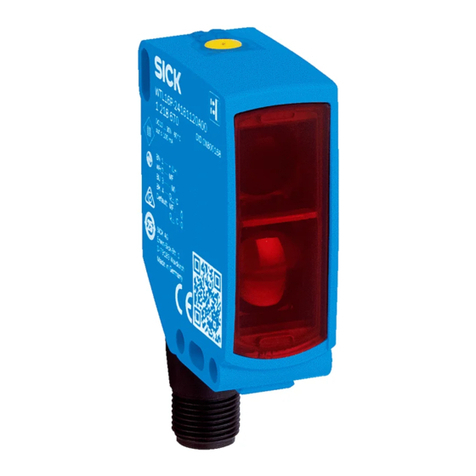
Contents
1 About this document........................................................................ 5
1.1 Further information................................................................................... 5
1.2 Symbols and document conventions...................................................... 5
2 Safety information............................................................................ 6
2.1 Intended use............................................................................................. 6
2.2 Improper use............................................................................................. 6
2.3 Limitation of liability................................................................................. 6
2.4 Requirements for skilled persons and operating personnel.................. 7
2.5 Hazard warnings and operational safety................................................. 7
2.6 Repairs...................................................................................................... 7
3 Product description........................................................................... 8
3.1 Product ID.................................................................................................. 8
3.2 Product characteristics............................................................................ 8
4 Transport and storage....................................................................... 10
4.1 Transport................................................................................................... 10
4.2 Transport inspection................................................................................. 10
4.3 Storage...................................................................................................... 10
5 Mounting............................................................................................. 11
5.1 Preparation for mounting......................................................................... 11
5.2 Mounting the sensor................................................................................ 11
6 Electrical installation........................................................................ 13
6.1 Safety......................................................................................................... 13
6.2 Pin allocation of the connections............................................................ 15
6.3 Connecting the supply voltage................................................................. 15
6.4 Wiring the digital switching output........................................................... 16
7 Commissioning.................................................................................. 17
7.1 Overview of commissioning steps........................................................... 17
7.2 Commissioning the sensor for the first time.......................................... 17
8 Operation............................................................................................ 18
8.1 IO-Link....................................................................................................... 18
8.2 Operating and status indicators.............................................................. 18
8.3 General notes on operation..................................................................... 19
8.4 Teach-in mode........................................................................................... 22
9 Maintenance...................................................................................... 33
9.1 Maintenance............................................................................................. 33
9.2 Repairs...................................................................................................... 33
CONTENTS
8019721.1FIH/2022-06-01 | SICK O P E R A T I N G I N S T R U C T I O N S | MPS-C 3
Subject to change without notice
